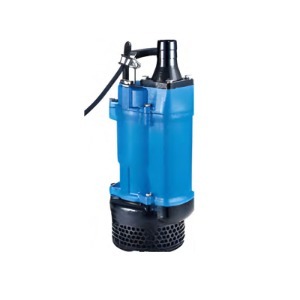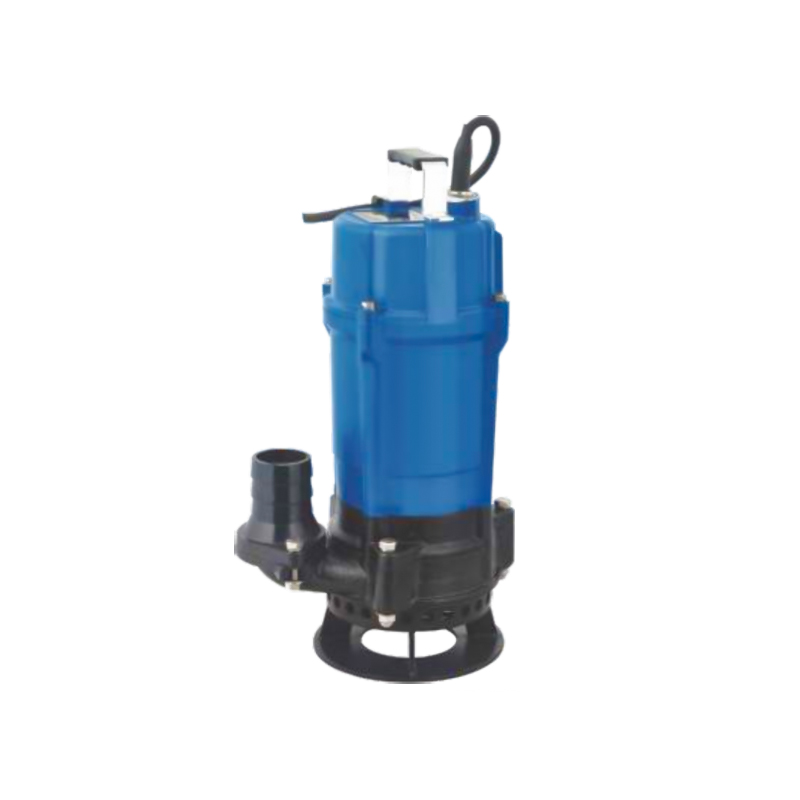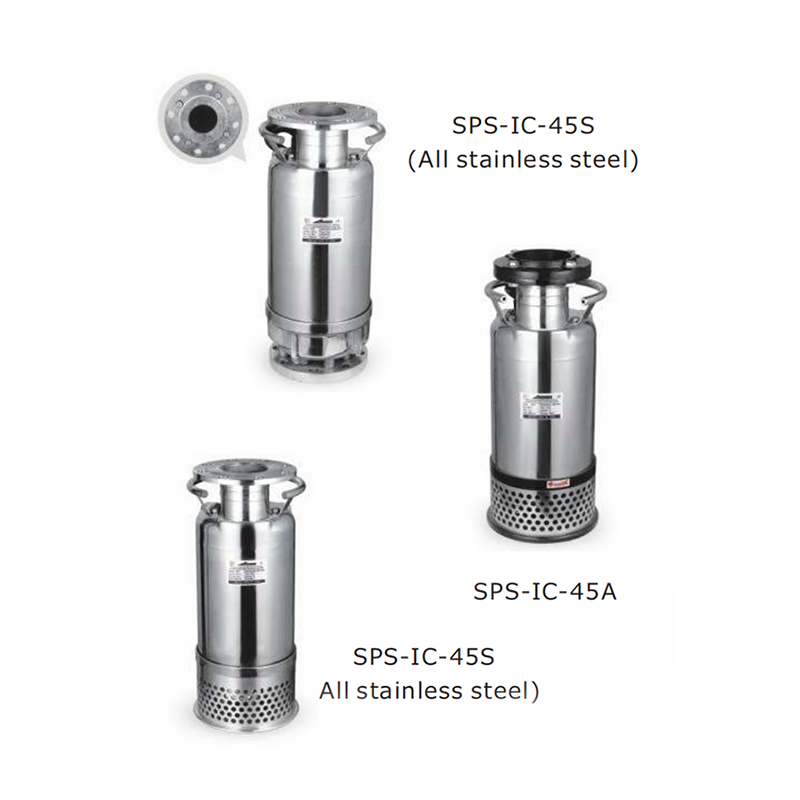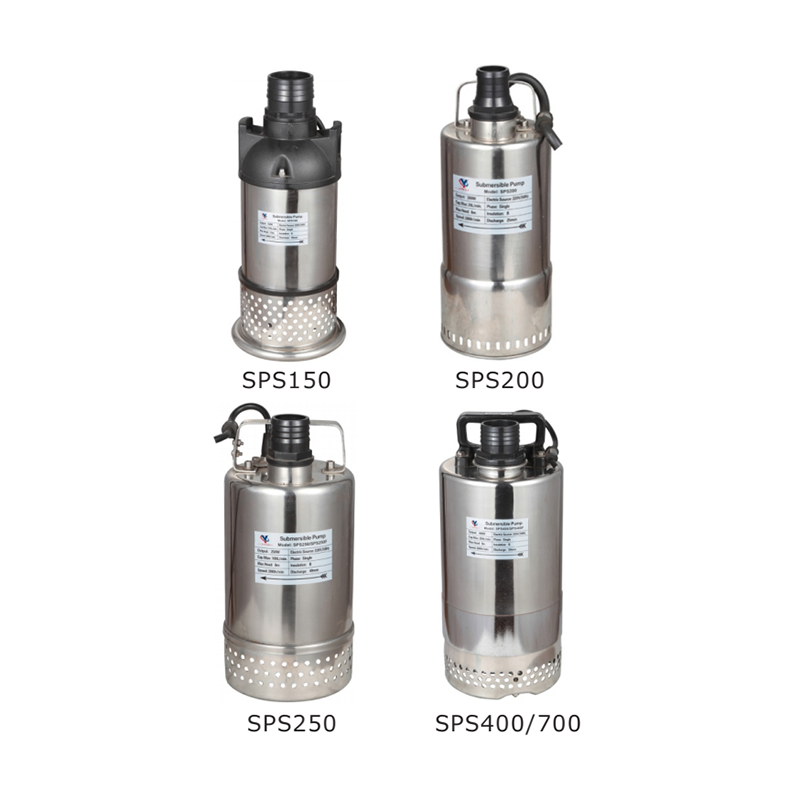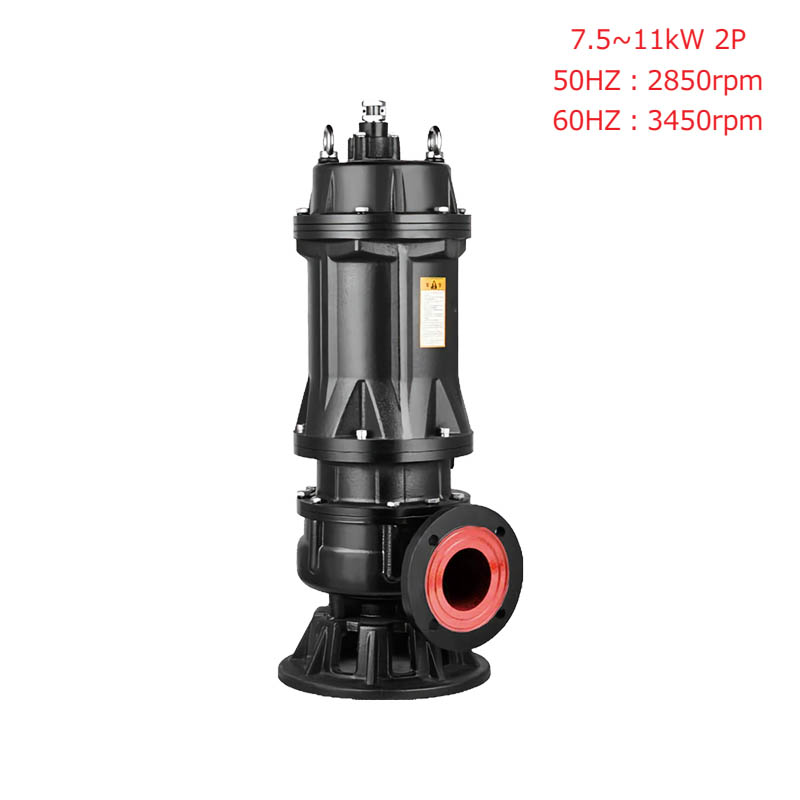A Submersible Dewatering Pump is a reliable and efficient solution for various dewatering needs, from construction sites to basement flooding. Unlike other pumps, submersible pumps operate fully submerged, making them ideal for situations where water levels need to be lowered quickly and efficiently. This article will explore the primary uses and benefits of Submersible Pumps for Dewatering to help you understand why they are a top choice for removing water in challenging environments.
1. Key Applications of Submersible Dewatering Pumps
Submersible Dewatering Pumps are designed for heavy-duty applications, making them suitable for several common dewatering tasks:
Construction Site Dewatering
One of the main applications for Submersible Pumps for Dewatering is on construction sites, where water accumulation from rain or groundwater can slow down operations and compromise safety. These pumps are essential for keeping sites dry, particularly in excavations and foundations where accumulated water could impact the stability of the construction.
By using a Submersible Dewatering Pump on-site, workers can remove water efficiently, maintaining dry conditions and allowing work to proceed without interruptions.
KBZ Submersible Dewatering Pump
Mine Dewatering
Mining operations often face groundwater ingress, especially in open-pit and underground mines. A Submersible Pump for Dewatering is highly effective in these settings, providing a reliable means of removing water from deep areas without the need for complex above-ground infrastructure.
In addition to keeping the mine dry, these pumps protect machinery and reduce the risk of flooding, making them an indispensable asset for mining operations.
Basement Flooding and Drainage
For homeowners, a Submersible Dewatering Pump is useful for handling basement flooding or removing standing water after heavy rains. This pump is often used for residential applications because it is easy to install, requiring only a connection to a power source and a discharge hose. In basements, these pumps help prevent water damage, mold growth, and structural issues, making them a practical tool for home maintenance.
2. Why Choose a Submersible Dewatering Pump? Key Benefits
Submersible Pumps for Dewatering offer unique benefits that set them apart from other types of pumps:
High Efficiency in Water Removal
Submersible dewatering pumps are known for their high efficiency in moving large volumes of water quickly. Since the pump operates fully submerged, it creates a natural cooling effect, reducing the risk of overheating. This efficiency allows the pump to operate continuously, even during prolonged periods of high demand, making it ideal for commercial, industrial, and residential uses where rapid water removal is essential.
Easy to Install and Use
Unlike other pump types that require complex installation setups, a Submersible Dewatering Pump is relatively easy to set up. The pump can be simply lowered into the water, where it immediately begins to operate. The design also includes a convenient automatic shut-off feature in many models, which stops the pump once water levels are low, preventing dry running and extending pump life.
Quiet Operation
Another advantage of submersible pumps is their quiet operation. Since they are submerged in water, they generate less noise compared to non-submersible pumps, making them ideal for areas where noise control is important, such as residential settings or confined spaces.
Adaptability for Various Applications
Submersible Dewatering Pumps are adaptable, capable of handling different types of liquids, including clean water, muddy water, and even wastewater. This versatility makes them suitable for a wide range of applications beyond just water removal. For example, they are often used in wastewater treatment plants, irrigation systems, and even in emergency flooding situations.
3. Important Considerations When Choosing a Submersible Dewatering Pump
When selecting a Submersible Pump for Dewatering, consider the following factors to ensure it meets your specific needs:
Flow Rate and Pumping Capacity: Choose a pump that matches your required flow rate and pumping capacity, as this will determine how quickly it can remove water.
Pump Material: Submersible pumps come in different materials, such as cast iron and stainless steel. If you plan to use the pump in a setting with corrosive liquids or harsh conditions, a stainless-steel pump is more durable and resistant to corrosion.
Automatic or Manual Operation: Many pumps offer automatic features, such as float switches, which turn the pump on or off based on water levels. For applications that require unattended operation, an automatic submersible pump is beneficial.
Power Source: Consider whether you need an electric or battery-operated pump. Electric pumps are more common for continuous use, while battery-powered models are practical for emergency use.



 English
English русский
русский عربى
عربى